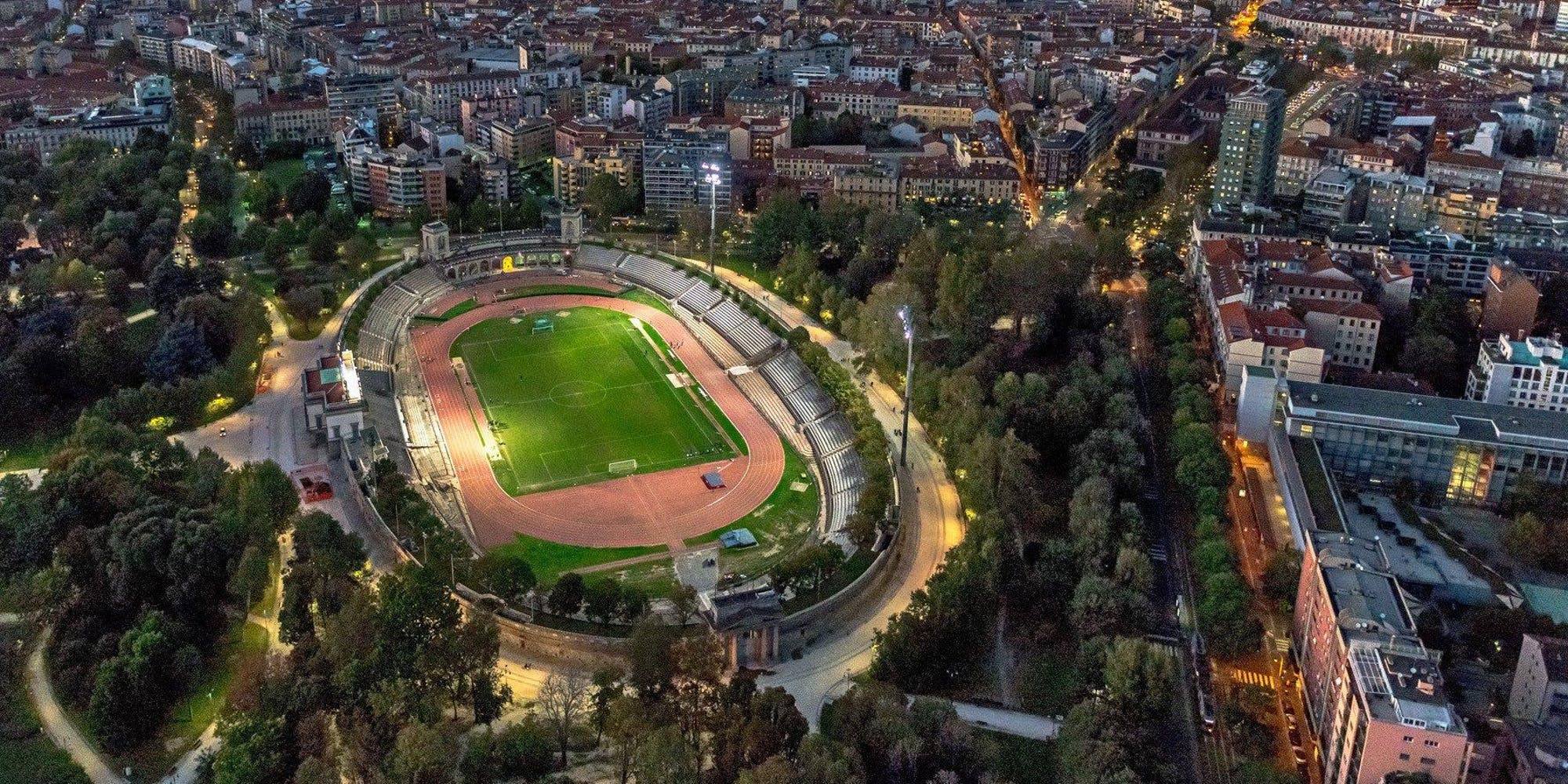The Race Traitor exhibition dedicated to Adrian Piper in Milan
The Race Traitor exhibition will open today, Monday, March 18th, at 7:30 PM at the PAC (Pavilion of Contemporary Art) in Milan. It marks the first European retrospective in over twenty years dedicated to artist Adrian Piper (1948, New York), who won the Golden Lion for Best Artist at the 2015 Venice Biennale.
CONNECTS THE LEADING PUBLIC AND PRIVATE INSTITUTIONS
Open to the public from March 19th to June 9th, the exhibition is promoted by the Comune di Milano and produced by the PAC in collaboration with Silvana Editoriale. Curated by Diego Sileo, the exhibition is among the main events of the Milan Art Week (April 8th – 14th, 2024), a widespread manifestation coordinated by the Comune di Milano on the occasion of Miart. This event connects the leading public and private institutions, offering a dense program of activities and projects, enriching the city’s cultural landscape with collateral events reaffirming Milan as a privileged place for exploring and investigating contemporary languages.

Adrian Piper, Safe, 1990. Credito foto: Ebony; Ebony/General Fords Corp; Parsons School of Design; AT&T/ NYT. Collection of Tate Gallery, London© Adrian Piper Research Archive (APRA) Foundation BerlinFoto: Andrej Glusgol
OVER SIXTY YEARS
The “Race Traitor” exhibition showcases over sixty years of Adrian Piper’s career, including significant international loans from some of the world’s most prestigious museums, such as the MoMA and the Guggenheim in New York, the MoMA in San Francisco, the MCA in Chicago, the MOCA in Los Angeles, and the Tate Modern in London.
CONCEPTUAL, MINIMIMALIST AND PERFORMER IN 1960s
Adrian Piper established herself as a conceptual artist, minimalist, and performer in the New York art scene of the late 1960s. She often asks uncomfortable questions about politics and racial and gender identity and urges people to confront truths about themselves and their society. At the core of her philosophical, artistic, and activist practice is the concept of perpetual struggle against racism, xenophobia, social injustice, and hatred.

Adrian Piper, Think About It, 1983-1987. Credito foto: The New York Times/ Paul Hosefros, Jim Wilson and Dan Miller; Danny Lyon, Jack Levine; Bruce Davidson/ Magnum Photos; Black Star/ Flip Schulke; Bruce Collezione Sara M. and Michelle Vance Waddell© Adrian Piper Research Archive (APRA) Foundation Berlin
OVER HUNDRED WORKS
The exhibition features over a hundred works, including installations, videos, photographs, paintings, and drawings. It analyzes the “visual pathology” of racism and the image of African Americans shaped by society and prevalent stereotypes. The exhibition represents a focused exploration of themes of race and gender, contextualized within the formal practices of minimal and conceptual art, which Piper’s early work led to. She now considers this practice a double-edged sword, as her approach to combating American racism is also part of her liberation process from the grip of “race” that she consciously experienced for the first time when she began higher education in the United States.
SEXISM AND MISOGYNY
As a female artist and philosopher, Piper’s work also reflects on experiences of sexism and misogyny. Her research has inspired entire generations of contemporary female artists. The journey of artist Piper began with her “LSD paintings,” which were drawings and figurative paintings created at a very young age, even before attending the School of Visual Arts (SVA) in New York. These works testify to her attempt to look beyond the surface of things, which she has pursued from the outset through the study of philosophical and spiritual Vedic readings, meditation, and yoga.

Adrian Piper, The Mythic Being: Sol’s Drawing, 1974. Foto della documentazione: James GuttmannCollezione Walker Art Center, Minneapolis, Minnesota, Justin Smith Purchase Fund e T. B. Walker Acquisition Fund, 2015© Adrian Piper Research Archive (APRA) Foundation Berlin
ALICE IN WONDERLAND
Piper’s profound focus on the subject leads to surfaces vibrating until they fragment, as seen, for example, in her LSD Self-Portrait from the Inside Out. The triptych dedicated to Alice in Wonderland is an explicit reference to the atmosphere of the 1960s counterculture, in which Lewis Carroll’s literary work was particularly appreciated. This shows Piper’s connection to the movement that was prominent during that period.
ADRIAN PIPER
Adrian Piper was born in New York in 1948. She is an artist and philosopher, and has been living and working in Berlin since 2005. Piper initially experimented with psychedelic painting before transitioning to conceptual art in 1967. Her minimalist works explored the concepts of space and time. During this period, Piper also adopted yoga and meditation, which she continues to practice today. In the 1970s and 1980s, Piper began incorporating performance into her repertoire, infusing her conceptual language with social and political commentary on issues such as xenophobia and discrimination. She pursued philosophy since the late 1960s and became the first African-American woman to hold an academic chair in philosophy at Georgetown University in 1987. In 2011, the American Philosophical Association awarded her the title of Professor Emeritus. In the 1980s and 2000s, Piper became increasingly alienated from American society and academia, leading her to flee the United States and settle in Berlin in 2005. Piper’s autobiography, “Escape to Berlin: A Travel Memoir” (2018), details her reasons for leaving. Additionally, in 2012, Piper disengaged from being identified as “black,” questioning the societal label of being African-American.













